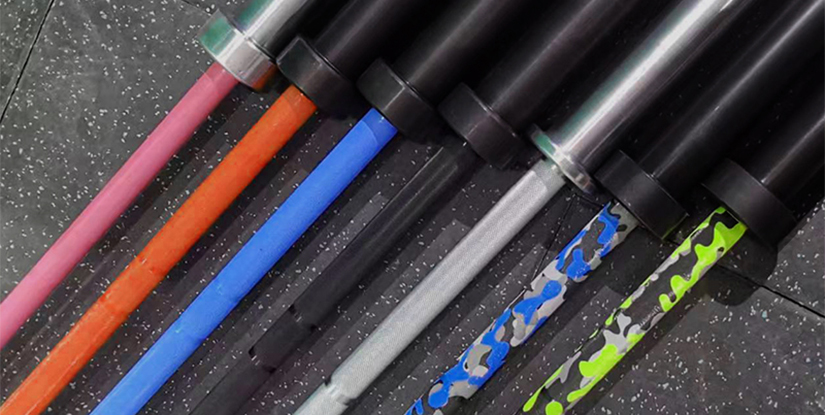Door Frame Pull Up Bar – Choose, Install & Train Safely

Overview
A door frame pull up bar is a compact, affordable and versatile solution for upper-body strength training at home. Designed to mount to a standard door frame without permanent modification, these bars enable exercises such as pull-ups, chin-ups, hanging leg raises and isometric holds. For professionals advising clients or consumers choosing home gym equipment, understanding types, load capacity, installation methods and safety considerations is essential.
Types and Design Variations
Door frame pull up bars fall into several categories based on attachment style and intended use. Choosing the right design affects stability, user weight limits and the range of exercises possible.
- Used with leverage and no screws: Bars that hook over the doorframe or use a mounting bracket that distributes weight through leverage and friction. Pros: easy to install and remove; Cons: limited maximum load and potential for door frame stress.
- Screw-mounted bars: Require screws into the frame or studs. Pros: highest stability and weight capacity; Cons: permanent installation and possible damage to the frame.
- Telescopic tension bars: Expand to fit the frame and hold via tension. Pros: tool-free installation; Cons: slippage risk if not properly secured.
- Multi-grip bars: Offer various hand positions (wide, neutral, narrow). Pros: versatility for training different muscle groups.
Key Technical Specifications
When evaluating models, these technical points are critical for performance and safety.
- Weight capacity: Look for bars rated at least 100–300 kg depending on your goals and whether dynamic movements (kipping) will be performed.
- Grip diameter and material: 28–35 mm diameter is standard; rubberized or foam grips improve comfort and reduce slippage.
- Clearance and doorframe dimensions: Ensure the bar fits standard frames (typically 69–80 cm width). Check required clearance for head and chin over the bar.
- Mounting hardware: Confirm included screws, anchors or brackets meet local building standards and frame thickness.
Installation Best Practices
Proper installation preserves both user safety and the integrity of the door frame. Follow manufacturer instructions precisely.
- Inspect the door frame: Ensure it is structurally sound, without rot or cracks. Reinforce with a header or backing board if in doubt.
- Use the right fasteners: For screw-mounted bars, fasten into studs or a reinforced header. Avoid relying solely on drywall.
- Check alignment and level: A misaligned bar can cause uneven loading and premature wear.
- Test gradually: Before full workouts, apply progressive weight tests and perform static hangs to confirm stability.
Safety Considerations
Safety is paramount. Even a well-installed bar can become hazardous without proper use and maintenance.
- Follow weight limits strictly; dynamic movements can generate forces greater than static body weight.
- Maintain three-point contact when mounting or dismounting to reduce impact on the frame.
- Avoid abrupt swinging or kipping on bars not rated for dynamic use.
- Inspect regularly for wear: loose bolts, thinning padding, or shifted anchors are red flags.
Training Applications
Door frame pull up bars support progressive strength training from novice to advanced levels.
- Beginners: Assisted pull-ups with resistance bands, negative reps, and isometric holds to build neural adaptation and tendon strength.
- Intermediate: Full range pull-ups, chin-ups, and mixed-grip sets to develop back and arm musculature.
- Advanced: Weighted pull-ups, muscle-up progressions, and hanging core work like toes-to-bar for hypertrophy and skill development.
Maintenance and Longevity
Routine maintenance extends life and ensures safe use.
- Regularly tighten fasteners and inspect mounting points.
- Clean grips and metal surfaces to prevent sweat-related corrosion.
- Replace worn padding or tape to maintain grip and protect hands.
- If installed in humid environments, use corrosion-resistant hardware.
Buying Guide
Selecting the right door frame pull up bar requires balancing convenience, capacity and budget.
- Define training goals: casual use vs. heavy calisthenics dictates capacity and mounting type.
- Assess your door frames: Measure width, depth and structural integrity before purchase.
- Warranty and support: Prefer manufacturers offering clear documentation and spare parts.
- Customer reviews and certifications: Look for independent tests or third-party certifications when available.
FAQs
- Can a door frame pull up bar damage my frame? Yes if overloaded or improperly installed; follow installation guidance and consider reinforcement.
- Are non-screw bars safe? They can be for light use, but have lower dynamic capacity and higher slip risk.
- What is the ideal grip diameter? Typically 28–35 mm for most adults; choose based on hand size and comfort.
- How often should I inspect the bar? Inspect before each intensive session and perform a detailed check monthly.
- Can I do kipping on a door frame bar? Only if the bar and mounting are rated for dynamic loads.
- Is professional installation necessary? Not always, but recommended for screw-mounted bars or uncertain frames.
- How do I protect the frame from wear? Use a backing board and distribute loads with proper brackets.
- What exercises are best for beginners? Assisted pull-ups, negatives and dead hangs to build base strength.
- When should I replace the bar? Replace if you detect structural cracks, excessive corrosion or compromised anchors.

